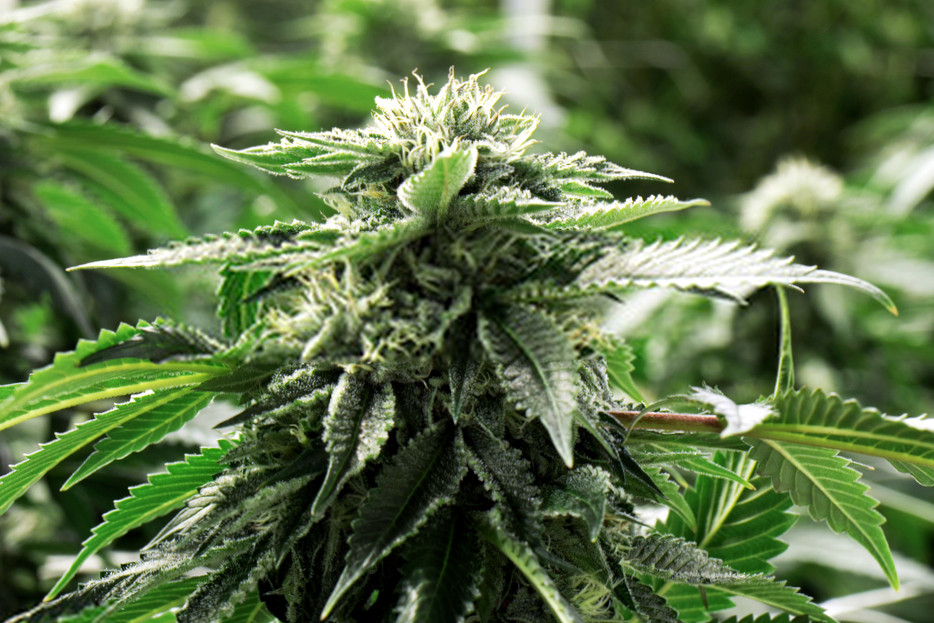
These steps will guide you through how a successful harvest can produce high-end buds while not taking your budget hostage. Advice for growing weed at home and outside. All with a very basic cannabis grow setup. As we learn more information about various strains along with how best to cultivate them using the correct techniques and equipment, tips & tricks have begun to evolve regarding grow techniques, which leads into our ultimate source of knowledge – cultivation advice. Here’s what you do…
1. Find your grow spot
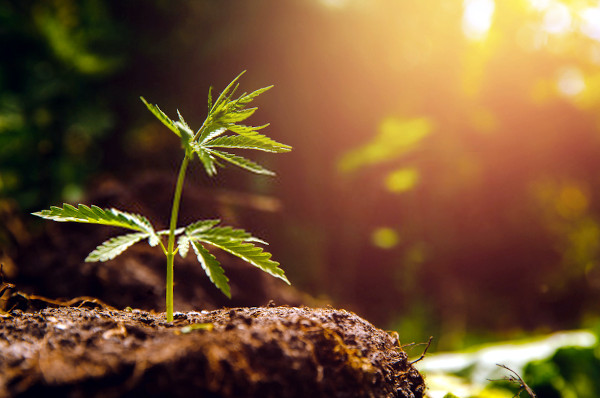
Depending on whether you can grow indoors, outdoors or in a greenhouse, finding a good spot to grow your weed is essential. Indoors this can be a dedicated room, closet or grow tent to contain the light and smell of your marijuana crop. Outdoors, a dry spot with plenty of sunshine and access to water works best. Protecting your plants from harsh weather, thieves and critters of the forest all needs to be taken into account.
2. Get seeds or clones started
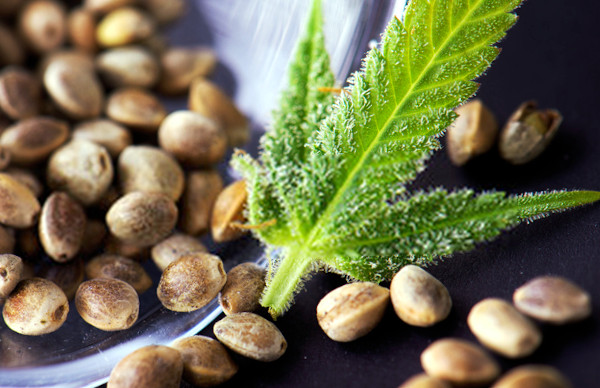
If you don’t already have good seeds or clones, you better get some soon. The genetics can make or break a grow operation. For growers in the US and around the world, finding a legit seed supplier with authentic strains is key for producing high-quality, bountiful harvests of the dank. Refer to this list of the best seed banks before making a purchase.
Among the most well-known, trusted names in the cannabis seed industry are Seedsman, ILGM, Seed-City and Crop King seeds. All of which will ship marijuana seeds into the US and worldwide. Click the links below to visit the websites and browse their inventory. There’s always free seed deals, promotional giveaways and more to see.
3. Supply water
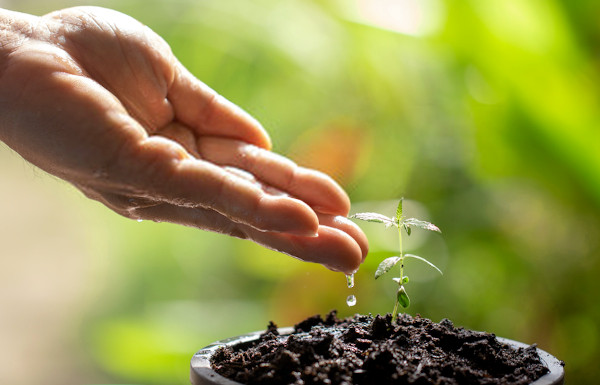
When growing plants in the ground or in pots, water the plants and try to make sure you get a good penetration into the root-zone. You can probe the soil to verify. Many times when you water potted plants the moisture doesn’t get much down below an inch or two. Conversely, over-watering should be avoided as it causes root rot. A spongy, moist soil is preferred.
Irrigation techniques can help to reduce your workload. Even though watering by hand is always an option, irrigation is the real set-and-forget solution. In all reality there can be many other complications to keep up on, as for watering you can learn enough from first-hand experience in how wet the plants are compared to how fast they dry out in your particular climate, and adjust watering as needed.
Hydroponic systems circulate water throughout the plant’s root system. Some of the world’s most highly regarded marijuana is produced indoors in hydro setups. You may consider building one yourself (less expensive) or buying a premade kit (more expensive).
4. Provide light
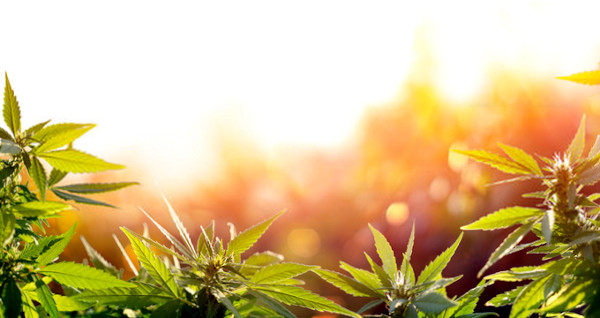
The marijuana plants need light to grow. Whether it’s sunlight or artificial lighting, plants use the light for photosynthesis. The light stimulates cell production leading into energy stores that allows a plant produce the nutrients needed to grow.
Lighting and growing conditions can significantly change your plants, so always seek professional opinions & guidelines on growing indoors. Outdoors, growers should opt for maximum direct sunlight when possible. Indoors, it’s recommended to use HPS, MH or LED lighting for best results. If on a budget get a cheap LED or at least one LED grow light and some CFLs to perform as one unit.
5. Consider adding nutrients
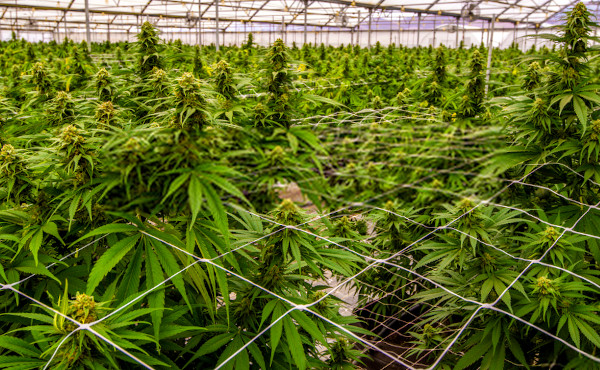
Cannabis plants use nutrients to grow and produce buds. Without that vital nutrition, cannabis plants do not grow well. In order to perform best and harvest heavy, a marijuana strain needs plenty of nutrients to compose its dense buds.
Nitrogen is used for branching and leafy growth. Phosphorus is used by the marijuana plant in photosynthetic processes and helps develop strength along with Potassium for assisting in fruitful harvests. These three nutrients described here are considered the major nutrients in crop production – NPK. Other nutrients are used by the plant, named minor nutrients, micronutrients, and trace minerals.
Fertilizers are sold online and at stores across the world that are fit for use in cannabis cultivation. General plant feeding practices are the same for marijuana as they are for other crops, including hemp. Before specialty marijuana fertilizers, most growers were recommended to use tomato fertilizer for growing weed. Today many different organic and synthetic ferts are used in cultivation setups to suit the grower’s preference.
6. Wait until the plants are ready
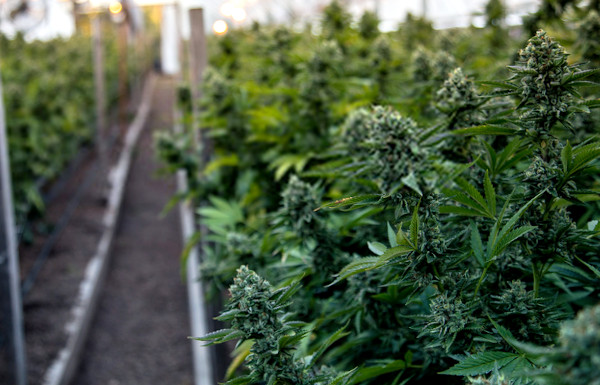
Harvesting a cannabis plant is often done by selection of trichome stages. Clear trichomes is an early harvest, attributed to creating more energetic effects. Dark trichomes are at the plant’s full maturity and are often narcotic in high. Milky white is somewhere in the middle and is the stage at which most people decide to harvest their pot plants. Refer to Ed Rosenthol’s trichome guide for more information.
Ultimately, the decision when to harvest the bud is reliant on how the plant is doing. Any bud damage or danger is sure to bring in a premature harvest.
7. Dry and cure
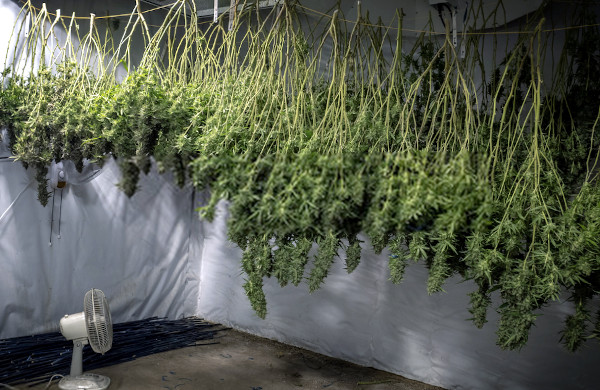
Perhaps one of the most important steps in growing marijuana is at the very end – drying and curing. Getting a good cure is what separates the dank from the mids. Ideally a slow dry at low temperatures is desired.
After drying it takes at least 4 to 8 weeks for the buds to be completely cured . Some people will only need about half of that duration or sometimes less but for the best quality, a classic 60-day cure will give you really nice buds.
Afterthoughts
Watch Kid Cannabis the movie while you’re getting stoned off your own product!
If you enjoy making a positive influence for cannabis by giving out good information, please consider sharing this website.





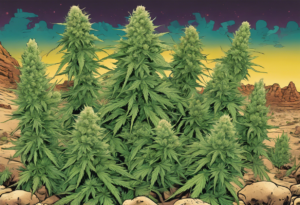

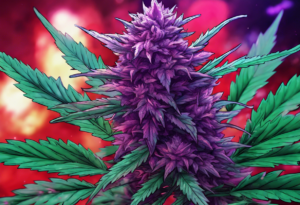
Gonna try these tips for sure, my plant game needs to level up. Thanks for the knowledge!
Gotta love the homegrown vibes!
This guide is straight fire, super helpful for anyone trying to get started. The tips are on point and I love how it breaks everything down. Can’t wait to try these out and see my plants thrive. Let’s go!
These tips are straight deets, love that you broke it down so simple. Time to get my grow game on point and make my own stash. Let’s go!